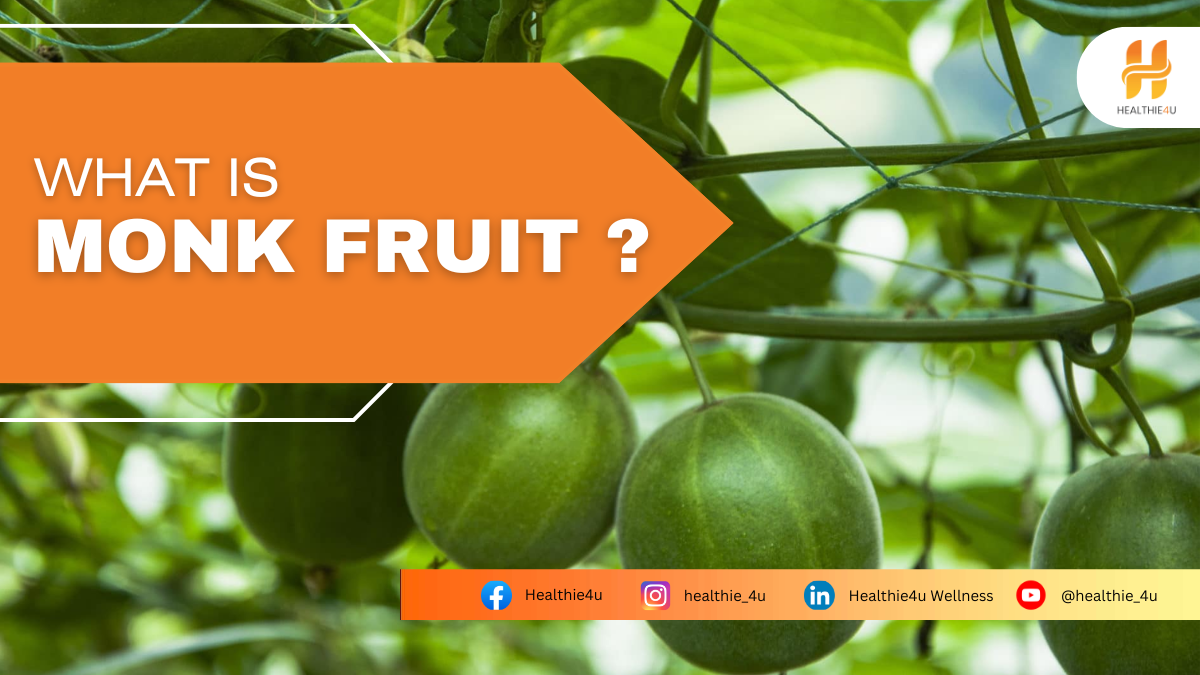
Curious about monk fruit? Discover why this natural, zero-calorie sweetener is becoming a favorite among health-conscious eaters. Learn its benefits, how it compares to sugar, and easy ways to use it in your diet.

Curious about monk fruit? Discover why this natural, zero-calorie sweetener is becoming a favorite among health-conscious eaters. Learn its benefits, how it compares to sugar, and easy ways to use it in your diet.


Ever skipped meals for a day? Now imagine doing that without even drinking water. No food. No chai. Not even a sip of water for a full 24 hours. Sounds intense? Let’s break down what really happens inside your body—and it’s more fascinating than you think!
You’re running on your last meal. Your body uses up glucose (sugar) from your food for energy. You’re probably not hungry yet. You feel okay, maybe even focused. Smooth sailing.
Once your glucose runs out, your body switches to burning fat. This is when fat loss begins. Sounds great, right?
But here’s the catch: no water = dehydration begins. You’ll feel:
* A dry mouth
* A bit dizzy
* Headachy or cranky
You’re not just hungry now—you’re thirsty too. And that’s where it gets tricky.
Your body enters survival mode. It slows down to save energy. Your brain starts using ketones (from fat) instead of sugar. But with zero water, dehydration hits harder:
* Pee less (and it’s dark yellow)
* Feel weak or foggy
* Dizzy, tired, maybe nauseous
This isn’t just uncomfortable—it can be dangerous if you push too far, especially in hot weather or if you’re not resting.
For healthy adults, one day of dry fasting can be safe occasionally—many do it during religious fasts. But it’s not for everyone.
Avoid dry fasting if you:
* Have diabetes, BP, or kidney issues
* Are pregnant or breastfeeding
* Are on medication
Always listen to your body. If you feel dizzy, faint, or sick—break the fast and hydrate immediately.
Don’t rush! Start slow:
* Sip water first (room temp is best)
* Have fruit or light soup
* Then eat a small meal
* Let your body bounce back gently.
Fasting for 24 hours without food and water is a test of endurance. Your body burns fat, resets some systems—but also risks dehydration and weakness. It’s powerful, but should be done with care.
Respect your body. Hydrate well. And always put health before trends.
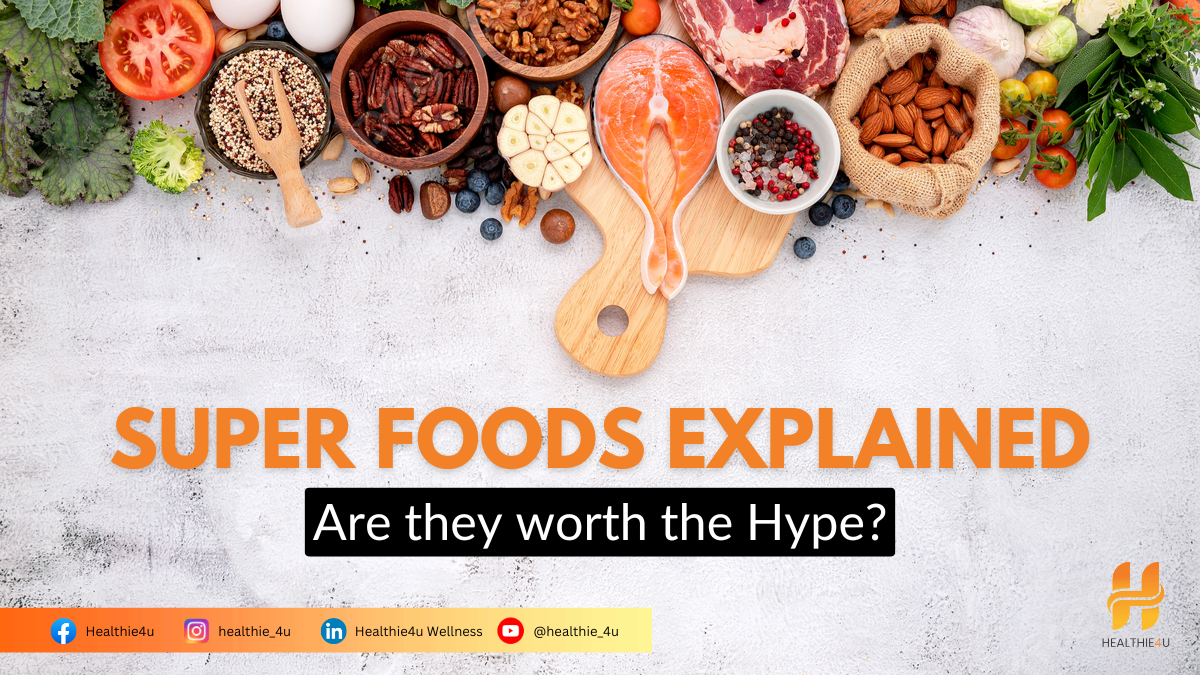
Super Foods: Super Hype or Super Health?
Tiny but mighty! 🌱 Super foods like chia, amla, and quinoa pack a powerful punch of nutrients. Great for immunity, digestion & energy—but no, they aren’t magic. Mix them into a balanced diet and skip the hype. Real health is in the combo!


A night of fun and drinks often comes with an unwelcome guest the next morning: the dreaded hangover. Headaches, nausea, fatigue, and dehydration can make even the simplest tasks seem impossible. But don’t worry—what you eat and drink can help you recover faster and feel like yourself again.
Here’s an easy guide to understanding and tackling hangovers using nutrition.
When you drink alcohol, it affects your body in several ways:
These factors combined lead to the familiar hangover symptoms of headaches, dry mouth, dizziness, and exhaustion.
While avoiding alcohol is the best way to skip a hangover, drinking smartly can minimize its effects.
Eating a balanced meal before drinking slows alcohol absorption and protects your stomach. A combination of carbohydrates, protein, and fats is ideal. Examples include:
Alternate alcoholic drinks with water or a non-alcoholic beverage. This keeps you hydrated and helps reduce hangover severity.
Avoid drinking on an empty stomach. Munching on snacks like whole-grain crackers or cheese can keep your blood sugar steady.
Once the hangover hits, your body needs the right nutrients to recover. Focus on foods and drinks that hydrate, replenish electrolytes, and soothe your stomach.
The first thing your body needs is water. Drink small sips if you feel nauseous. Adding a pinch of salt and sugar to your water can help restore lost electrolytes.
Coconut water is packed with potassium and natural sugars that rehydrate and energize. If you don’t have coconut water, sports drinks or homemade electrolyte solutions work too.
Alcohol drains potassium from your body. Bananas are a great way to replace this lost mineral and prevent cramps or weakness.
Ginger is known for its anti-nausea properties. Brew a cup of ginger tea to settle your stomach. Add a teaspoon of honey for a natural energy boost.
Eggs are rich in cysteine, an amino acid that helps break down alcohol toxins in your body. A simple scrambled egg or boiled egg with whole-grain toast is easy to digest and nourishing.
Fruits like watermelon, oranges, and cucumbers are hydrating and loaded with vitamins. They help your body recover faster.
A light soup or broth can restore lost sodium and soothe your stomach. Chicken broth or miso soup are great options.
Not all foods are helpful during a hangover. Some can make symptoms worse:
Alcohol disrupts sleep, so rest as much as possible the next day to let your body recover.
Alcohol depletes B vitamins, which are essential for energy. A B-complex supplement may help boost your recovery.
A gentle walk can improve circulation and help clear alcohol from your system. Avoid intense workouts when dehydrated.
The best way to avoid a severe hangover is to drink in moderation. Pace yourself, sip slowly, and set a limit that works for you. Stick to lighter-colored drinks like vodka or gin, as darker liquors often contain more toxins that can worsen hangovers.
Hangovers are unpleasant, but they’re manageable with the right approach. Nourish your body with water, nutrient-rich foods, and plenty of rest. A little planning before drinking—like eating a balanced meal and staying hydrated—can make all the difference.
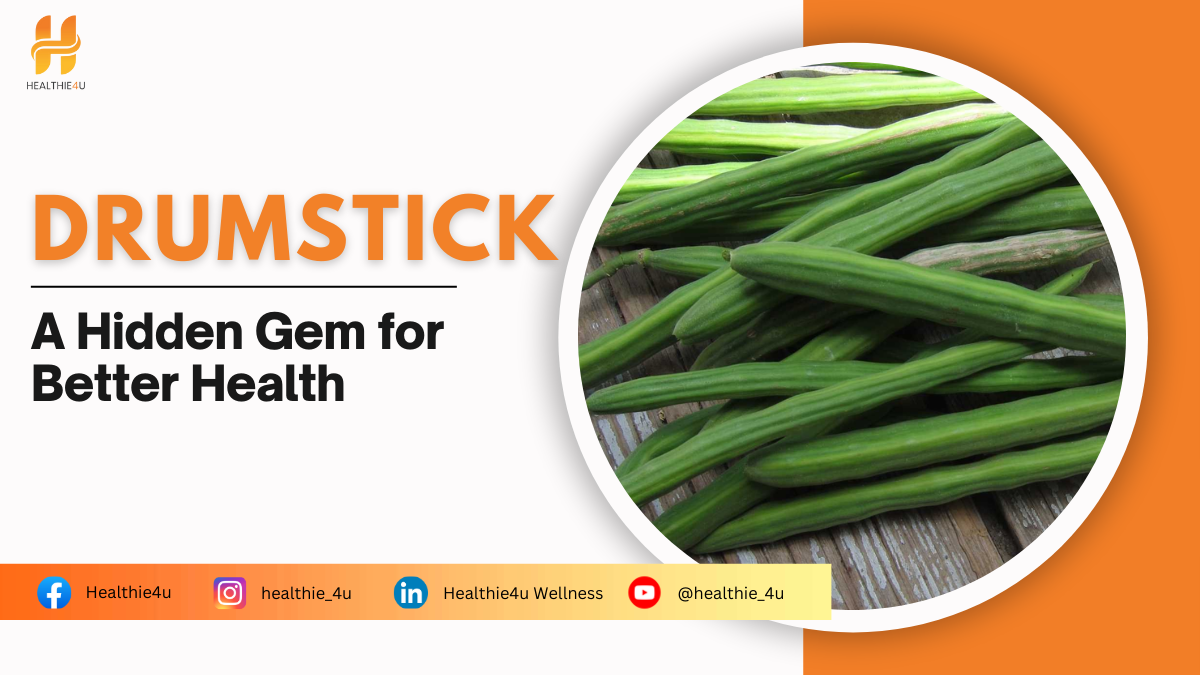
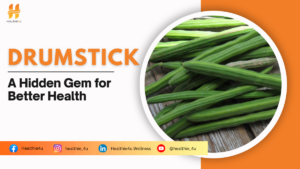
Drumsticks, also known as Moringa pods, are long, green, cylindrical pods from the Moringa tree, often referred to as the “Miracle Tree” due to their numerous health benefits. Native to parts of Africa and Asia, these pods are commonly used in cooking across various cultures, especially in Indian and African cuisines, where they’re known for their unique flavor and health-boosting properties.
Drumsticks are the pods of the Moringa tree (Moringa oleifera). They have a fibrous texture and a mild, slightly sweet taste when cooked. The pods contain small, nutritious seeds, but it’s the tender flesh inside the pods that’s typically used in dishes. Besides the pods, the leaves, flowers, and seeds of the Moringa tree are also known for their exceptional health benefits.
Drumsticks are not only delicious but also packed with nutrients, making them an excellent addition to any diet:
Including drumsticks in your diet can have a range of health benefits:
Drumsticks are highly versatile in the kitchen and can be used in a variety of dishes. Here are some popular ways to enjoy them:
Drumsticks are an incredibly nutritious and versatile vegetable that can enhance both your diet and your health. Rich in vitamins, minerals, and antioxidants, they offer a wide range of benefits, from boosting immunity to promoting digestive health and healthy skin. Whether in curries, soups, or stir-fries, drumsticks are a delicious and easy way to incorporate more nutrition into your meals. So, next time you spot drumsticks at the market, consider adding them to your grocery list — your body will thank you!
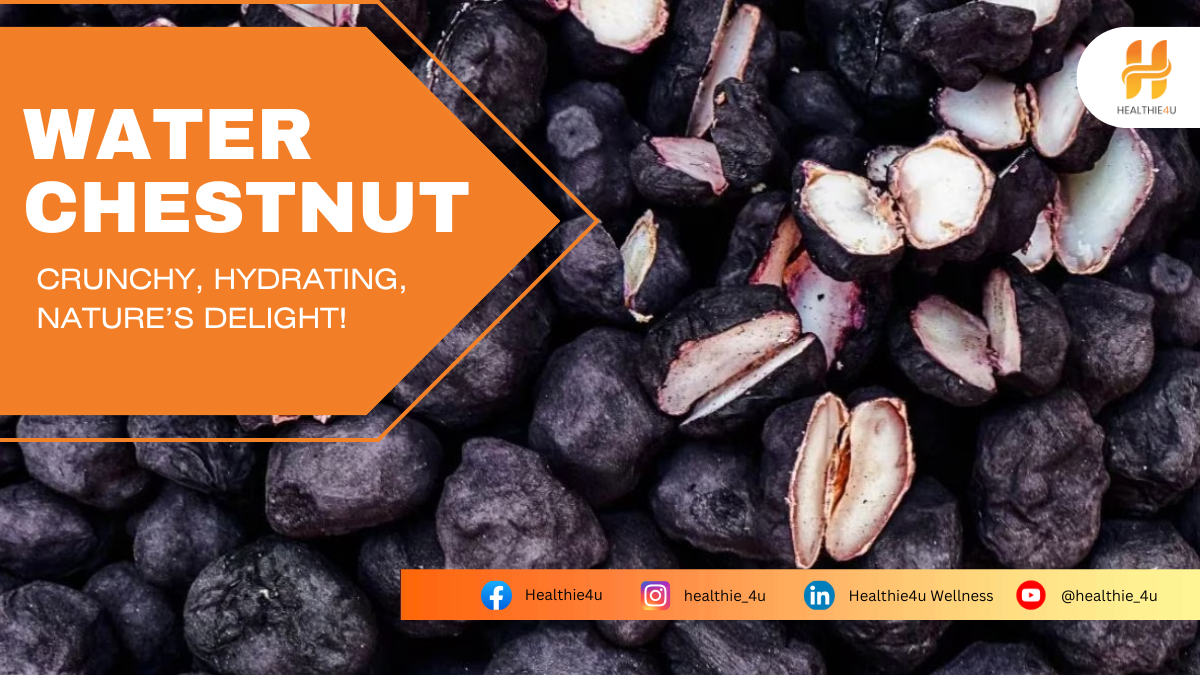

Water chestnuts (Eleocharis dulcis) are an underrated food that brings both texture and nutrition to the table. Despite their name, water chestnuts aren’t actually nuts, but are aquatic tubers that grow in wetland areas, particularly in Asia. These are versatile tubers that are now gaining popularity worldwide for their impressive health benefits. In this blog, we’ll look at what water chestnuts are, their nutritional benefits, and how you can use them in your daily meals.
Water chestnuts are small, round tubers that grow underwater in marshy environments. Unlike most tubers that develop in soil, water chestnuts thrive in waterlogged areas. The edible part of the plant is the corm, a type of underground stem. These tubers have a dark, brown or black outer skin that must be peeled off before consumption. Inside, the flesh is white, crisp, and mildly sweet, offering a satisfying crunch that stands out in both raw and cooked dishes.
Fresh water chestnuts can be found in some markets, but they’re most often available in canned or dried forms. Fresh ones should be peeled before eating, while canned water chestnuts come pre-peeled, ready to be used after a quick rinse.
Water chestnuts are not only delicious but also packed with essential nutrients that support overall health. Here are some of the key benefits of adding water chestnuts to your diet:
Water chestnuts are incredibly versatile and can be used in a variety of dishes, both savory and sweet. Their unique combination of crunch and mild sweetness makes them a favorite in many cuisines. Here are some great ways to include water chestnuts in your meals:
If you’re using fresh water chestnuts, you’ll need to peel off the dark, outer skin before eating. A vegetable peeler or knife works well for this. After peeling, you can slice them into rounds or cubes depending on your recipe. Canned water chestnuts are pre-peeled, so simply rinse them under cold water to remove any brine before using.
Water chestnuts are a healthy, crunchy addition to any diet. They are low in calories, high in fiber, and rich in nutrients like potassium and antioxidants. Their versatility in the kitchen makes them easy to incorporate into a variety of dishes, from stir-fries and soups to salads and snacks. Whether you’re looking for a healthy snack or a way to add crunch to your meals, water chestnuts are a great option.
So, why not try adding water chestnuts to your next meal? Their mild sweetness and satisfying crunch make them a delicious and nutritious choice!
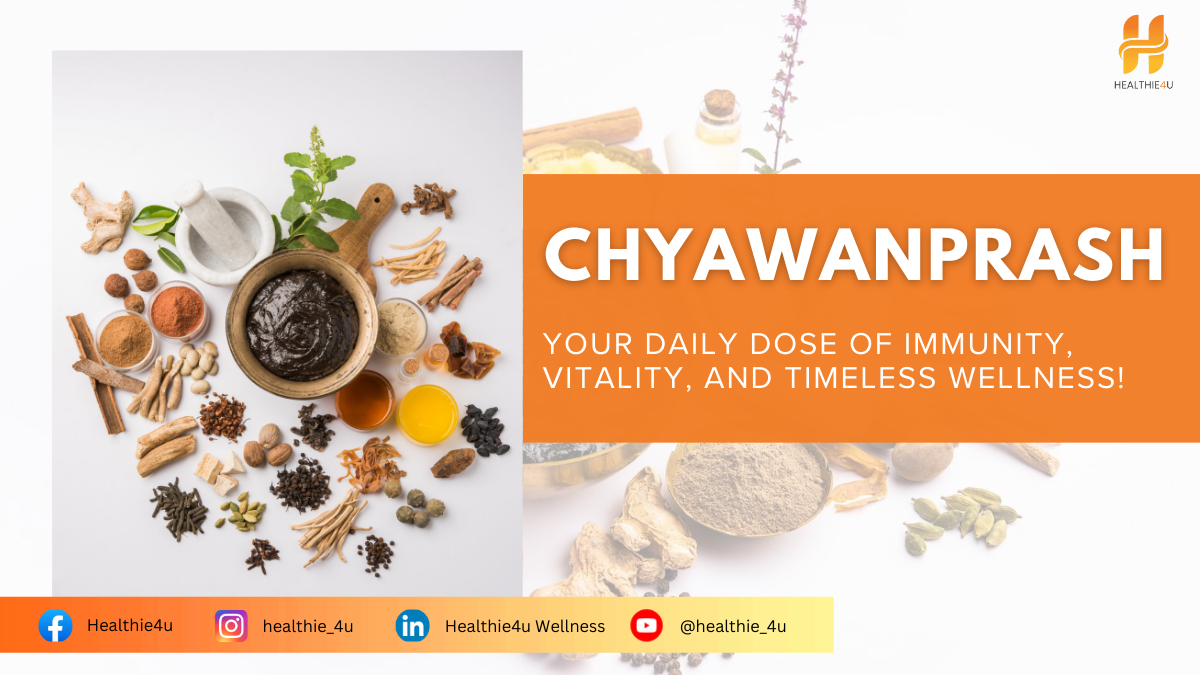
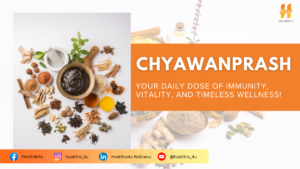
Chyawanprash is a famous Ayurvedic herbal mixture known for its many health benefits and special flavor. This traditional health tonic has been used in India for hundreds of years to refresh the body’s energy and improve overall health. It is especially valued for its ability to strengthen the immune system, enhance vitality, and support long life by nurturing the body’s natural defenses and energy reserves.
Chyawanprash is crafted from a powerful blend of natural ingredients such as Amla (Indian gooseberry), packed with Vitamin C and antioxidants, Jaggery, which purifies the body and provides an energy boost, and Almonds, which enhance brain health. Ghee aids digestion and helps the body absorb nutrients, while spices like Cinnamon, Fennel, Cumin, and Black Pepper promote digestion, strengthen immunity, and boost metabolism. Cloves and Star Anise offer antibacterial benefits, and Long Pepper supports overall vitality. Together, these ingredients work harmoniously to refresh and improve the body’s well-being.
Chyawanprash helps your body fight off sickness by boosting the cells that protect you from infections and keeps inflammation in control.
It helps your stomach feel better by reducing stress, which can upset your digestion. It can reduce bloating and make digestion smoother.
Packed with antioxidants, Chyawanprash helps protect cells from damage, slowing aging and reducing wrinkles and fine lines.
It gives you more energy and helps fight tiredness, so you can stay active and not get exhausted as quickly.
It helps keep your skin clear and young-looking by reducing wrinkles and acne. It also strengthens your hair, preventing hair loss and making it shinier.
It helps your lungs work better and reduces inflammation in your breathing passages, which can be helpful for conditions like asthma or bronchitis.
Chyawanprash is full of natural compounds that protect your body from stress and help keep your heart, brain, and cells healthy, lowering the risk of health problems.
By adding Chyawanprash to your daily diet, you provide your body with a rich blend of essential nutrients and antioxidants. Enjoy it in various forms, from simple spoonfuls to refreshing drinks. Make it a part of your routine for lasting health and longevity. The natural goodness of chyawanprash can help you lead a vibrant life.

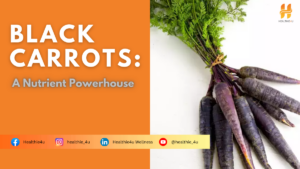
Black carrots are a fantastic choice during winter due to their numerous health benefits, which can help keep you feeling your best during the colder months. They are a special type of carrot, famous for their dark purple-to-black colour. This colour comes from anthocyanins, which are antioxidants that help reduce inflammation and might protect against certain diseases. Because of these health benefits, black carrots are not only a nutritious choice but also a colourful and attractive addition to your diet.
They have a slightly earthier and more robust flavour compared to orange carrots.They are made up of 88% water, 1% protein, 7% carbohydrates, 0.2% fat, and 3% fibre. They are also packed with a range of essential nutrients. Key phytochemicals in carrots, such as carotenoids, phenolic compounds, Vitamin C, Vitamin E, as well as Vitamin K, B1, B6 and biotin, all contribute to their antioxidant properties and promote various health benefits.

Orange carrots are a rich source of beta-carotene, which the body converts into vitamin A. This vitamin is crucial for maintaining healthy vision, boosting immune function, and supporting skin health. In addition to beta-carotene, orange carrots provide vitamin C, fibre, potassium, and various other essential vitamins and minerals.
Black carrots, on the other hand, are particularly abundant in anthocyanins, powerful antioxidants known for their anti-inflammatory properties and potential to combat cancer. While they also contain beta-carotene, the levels are slightly lower than in orange carrots. Black carrots are also rich in vitamins C, K, and several B vitamins, and they contain a greater amount of fibre as well.
Black carrots are incredibly versatile and can be included in a variety of dishes, from fresh salads to comforting soups and stews. Here are some delicious ways to enjoy them:
Black carrots aren’t just a colourful addition to your meals, they’re full of nutrients that help keep you healthy. With their high levels of antioxidants, anti-inflammatory benefits, and plenty of fibre, black carrots are a superfood you’ll want to add to your diet. So, the next time you want something tasty and good for you, grab some black carrots and enjoy all the benefits they bring!
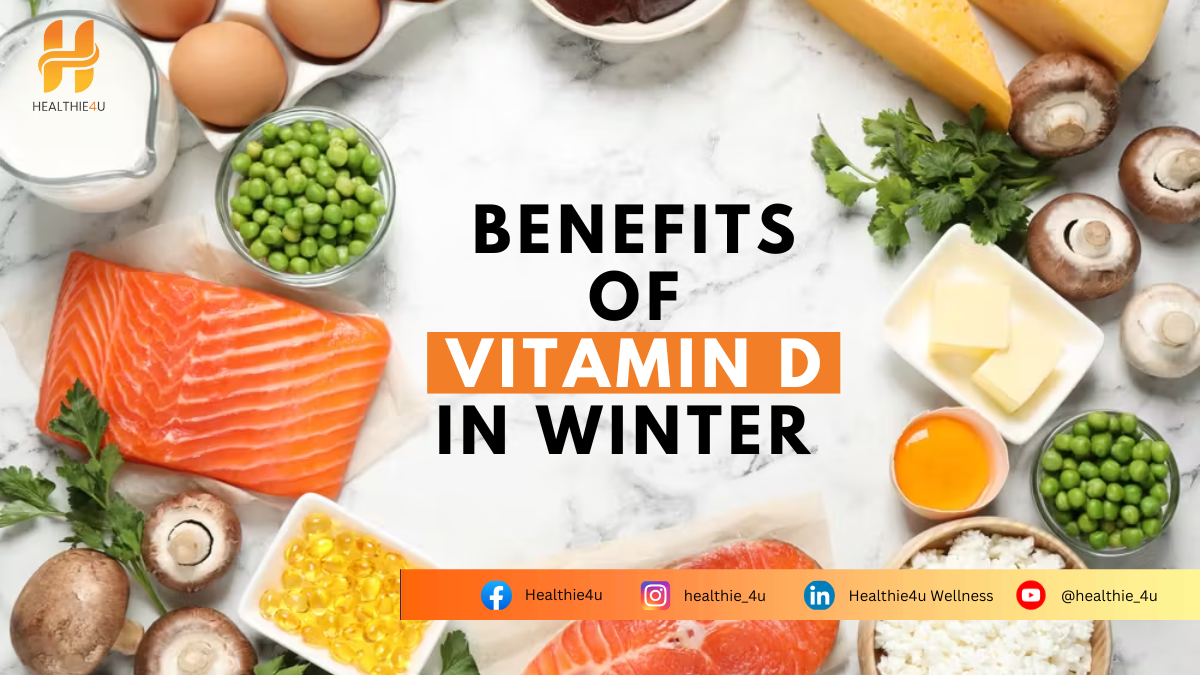

Vitamin D is called the sunshine vitamin since it is made in the skin after exposure to sun. The same UVB rays that cause a sunburn also make vitamin D. Sunscreen, darker skin pigmentation, clothing and reduced daylight in winter diminish the skin’s ability to make vitamin D. The people who experience the biggest seasonal swings in vitamin D levels are fair-skinned individuals living in the northen region of the U.S. and at higher latitudes around the globe where there is very little daylight in winter.
Vitamin D plays a crucial role in maintaining overall health, and its importance becomes especially evident during the winter months.
It helps maintain bone, teeth, and muscle health, and supports the immune system. In the winter, it can be difficult to get enough vitamin D because of shorter days and less time spent outside.







During winter, maintaining adequate levels of vitamin D is especially important for supporting immune function, improving mood, preserving bone and muscle health, and managing hormone levels. Without enough sunlight, it’s critical to get vitamin D from food sources or supplements to prevent deficiency and support overall well-being.


Seasonal diarrhea during winter is often caused by viral infections, particularly norovirus and rotavirus, which are more active in cooler months. Unlike the gastrointestinal issues seen in warmer seasons, winter-related diarrhea is usually viral and can spread quickly through communities.
Overcoming winter diarrhea involves a combination of good hygiene practices, dietary adjustments, and proper hydration. Here are some practical tips to help manage and prevent winter diarrhea:
The BRAT diet is a bland food diet often recommended for managing diarrhea and other stomach issues. It includes foods that are low in fiber and easy on the stomach, which can help firm up stools and reduce gastrointestinal discomfort.